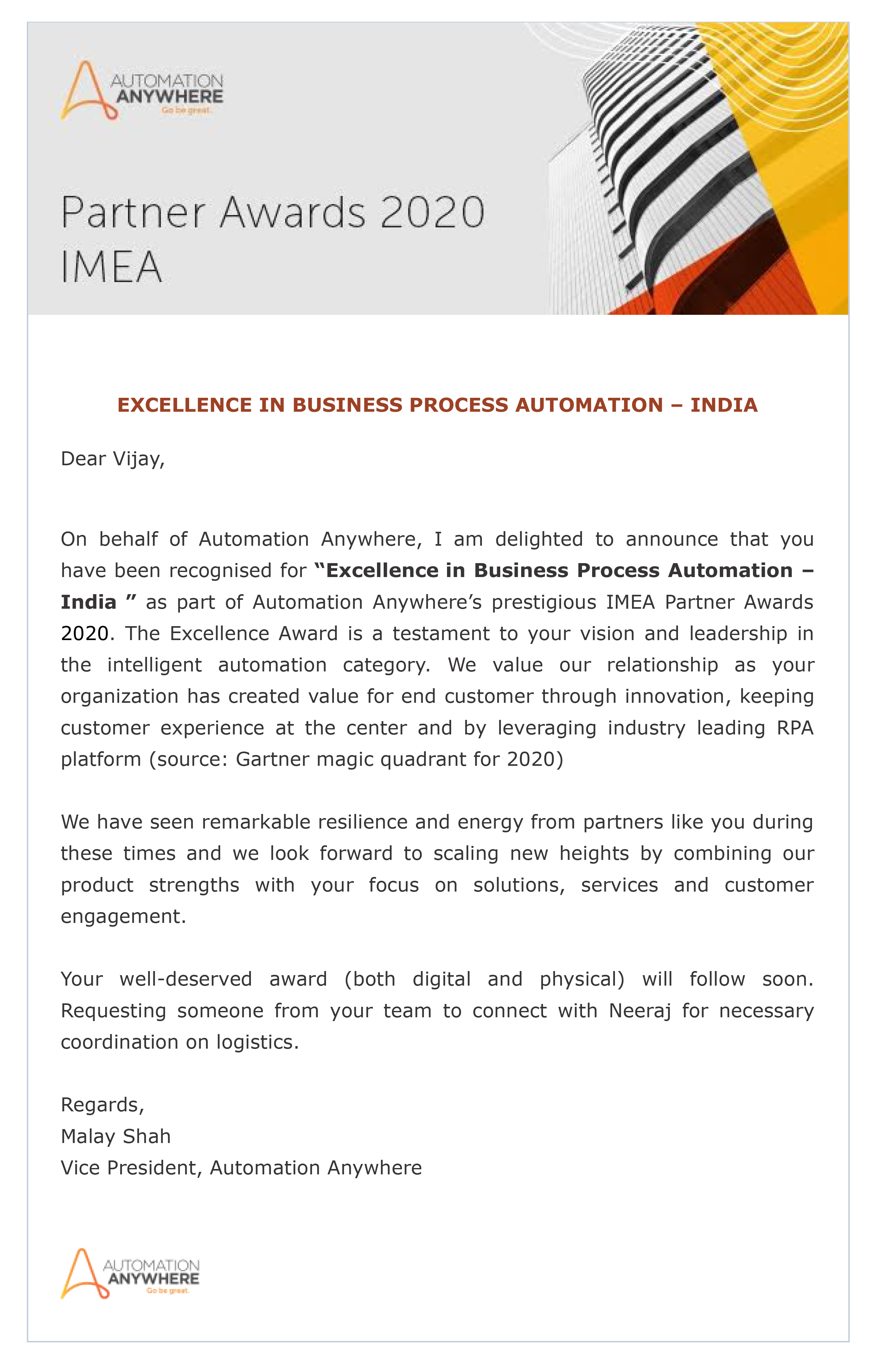Technology is evolving quickly in India and you need to know how to keep up. One of the upcoming changes is how drivers make toll payments when they are on the road. Up until the end of December 2020, drivers will still be able to pay the traditional way – using cash or credit. However, once January 1, 2021 arrives, they will be required to have FASTag.
What Is FASTag?
FASTag is an electronic toll collection system that is operated by the NHAI. It is a technology that is based on Radio Frequency Identification (RFID), which allows drivers to make toll payments without the need for cash or even credit or debit. They don’t even need to stop their car to pay their toll. The FASTag is adhered to the windscreen of their car and scanned whenever the car passes through a toll plaza. The toll is automatically deducted from the driver’s prepaid FASTag account.
Why FASTag?
The use of FASTag has significant benefits for drivers, as well as the highways systems of India. Drivers can move through toll plazas without the inconvenience of stopping or waiting in a lineup of vehicles. This can significantly cut down on their driving time. The FASTag system will keep traffic moving smoothly, preventing congestion at toll plazas. Best of all, the Indian government is offering 2.5 per cent cashback on toll payments made using FASTag.
How to buy a Fastag?
Drivers can get a FASTag from anyone of 23 certified banks, at National Highway toll plazas and through online retail platforms such as Amazon, Snapdeal, and Paytm. Once they have their FASTag, they can link it directly to their credit card, bank account, or wallet. Drivers can top up their prepaid account at any time and every time they go through a toll plaza, they will receive an SMS text message alerting them to the toll payment.
How TiA Industry Accelerator (IA) can help your customers with FASTag?
How does FASTag affect buying a new vehicle? Before that vehicle can be put on the road, a FASTag must be acquired and the account set up. This is yet another item in the long list of things a new car owner must deal with before they can drive off the lot.
The TiA Industry Accelerator is part of the Tangentia Intelligent Automation (TiA) Platform. The TiA IA is built to serve the needs of various industries, offering deployment-ready software solutions built to accelerate business processes. It is built with the automotive retail sector in mind and provides you with digital worker capabilities that allow you to:
- Streamline the collection of vehicle owner data from multiple outlets
- Automate all aspects of purchasing a vehicle from one convenient platform
- Enhance your customer service and increase satisfaction
- Automate mundane tasks for automotive dealerships so you can focus on core competencies
- Ensure regulatory and legal compliance in the automotive industry
The capabilities of TiA Industry Accelerator (IA) can be extended, modified or customized, depending on your needs, making it the ideal solution for all your process automation, including the purchase and setup of FASTag.
At Tangentia, we are ready to partner with you to offer smooth and speedy FASTag compliance for the vehicles sold under your dealership as mandated by the Union Ministry of Road Transport and Highways (MoRTH), India. This is a must since, as of April 1, 2021, new third-party vehicle insurance will be issued only if the vehicle has a valid FASTag.
So, let TiA IA help you help your customers purchase the vehicle they want without all the hassle that comes with a vehicle purchase. When you can do this, you will provide your customers with a superior buying experience, enabling them to hit the road immediately.
Get Started Today
Tangentia is a Platinum Partner of IBM and well as partners with Automation Anywhere, UI Path, Blue Prism, Adobe, Microsoft, Salesforce, Amazon and leading enterprise software vendors. We work with customers globally with offices in Canada, USA, Mexico and India to implement their RPA strategies.
Read Now





































